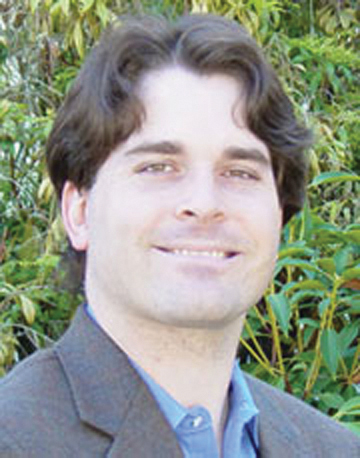By D. Dowd Muska
Two-and-a-half years after most of the nation went into heavy COVID-19 lockdown, has the Southwest’s economy recovered?
Well, that depends.
It’s feast and famine in the region comprising Texas, Oklahoma, Colorado, New Mexico, Arizona, Utah, Nevada, and California. Some states are thriving — almost as if stay-at-home orders, social distancing, mask mandates, “vaccine” requirements, and school closures never happened — while others continue to struggle.
Let’s start with the simplest metric: employment. Amazingly, the United States did not regain the number of jobs it had in February 2020 until August. In the Southwest, where economic growth consistently outperforms national measures, some states have led the nation in net employment expansion. Utah (6.79 percent) and Arizona (5.03 percent) are superstars, while Texas (3.97 percent), Colorado (3.76 percent), and Oklahoma (2.69 percent) significantly surpass the national mark, too.
Now for the laggards. California, Nevada, and New Mexico each have fewer jobs today than they did before COVID-19. The Silver State’s situation is downright catastrophic — a decline of 2.31 percent since the pre-lockdown period. That’s worse than Illinois. Worse than Ohio. Worse than New Jersey.
Another key barometer is the labor force participation rate (LFPR), which the federal government defines as “the percentage of the population that is either working or actively looking for work.” For the nation, it’s down 1.74 percent. “Stimulus” payments, enhanced unemployment benefits, boosted Medicaid enrollment, eviction moratoriums. The subsidies and protections flowed like spring snowmelt, and there’s no doubt that all that “free” largesse discouraged people from entering, or re-entering, the labor market.
In the Southwest, Colorado, Texas, and Oklahoma deserve credit for accomplishing the darn-near impossible — their LFPRs are higher now than they were two-and-a-half years ago. (Utah, with a historically high rate, is right where it was in February 2020.) Sadly, New Mexico’s LFPR, always among America’s worst, has plummeted. Yet here again, Nevada lands at the Southwest’s rock bottom, falling by 2.31 percent.
Finally, unemployment. In August, half of the eight states had jobless rates lower than the nation’s. California, Nevada, and New Mexico were higher. The outlier? Texas, which despite its impressive job growth, posts slightly higher unemployment than the nation. (Perhaps so many people are moving to the Lone Star State, its economy can’t keep up.)
Earlier this year, a literature review and meta-analysis by the Johns Hopkins Institute for Applied Economics, Global Health, and the Study of Business Enterprise concluded that “lockdowns … had little to no public health effects,” while imposing “enormous economic and social costs where they have been adopted.” It should come as no surprise that the Southwest’s economic overachievers (e.g., Utah, Arizona, and Oklahoma) generally enacted the lightest COVID-19 controls, while the clunkers (e.g., California and New Mexico) were ardent disciples of Saint Fauci.
But long before lockdowns, the region’s states followed diverging policy models. And ideology has consequences. California’s tax burden, according to the Tax Foundation, is a stunning 57 percent higher than Texas’s. The latest edition of the Fraser Institute’s Economic Freedom of North America report puts Utah, Oklahoma, and Texas near the top — but California and New Mexico in the bottom five. And weighing all eight states equally, the Southwest’s ranking on the Cato Institute’s assessment of both economic and personal freedoms would be 22nd. California’s? Just behind Hawaii and New York, at 48th.
For decades, the Southwest has enjoyed special status as a corner of the country where millions of Americans wish to move and/or start businesses. But the region’s future now proceeds on two opposite paths. One continues tradition. Low taxes. Reasonable regulations. A live-and-let-live attitude that eschews the Nanny State. The other embraces almost unlimited government, in a crusade to enforce “equity” and manifest a bizarre, destructive vision of eco-utopianism.
COVID-19 accelerated the region’s stark divergence. And Election Day will offer a glimpse of whether the split will weaken or intensify.
D. Dowd Muska is a senior fellow at the Southwest Public Policy Institute, a research institute dedicated to improving the quality of life in the American Southwest by formulating, promoting and defending sound public policy solutions.




